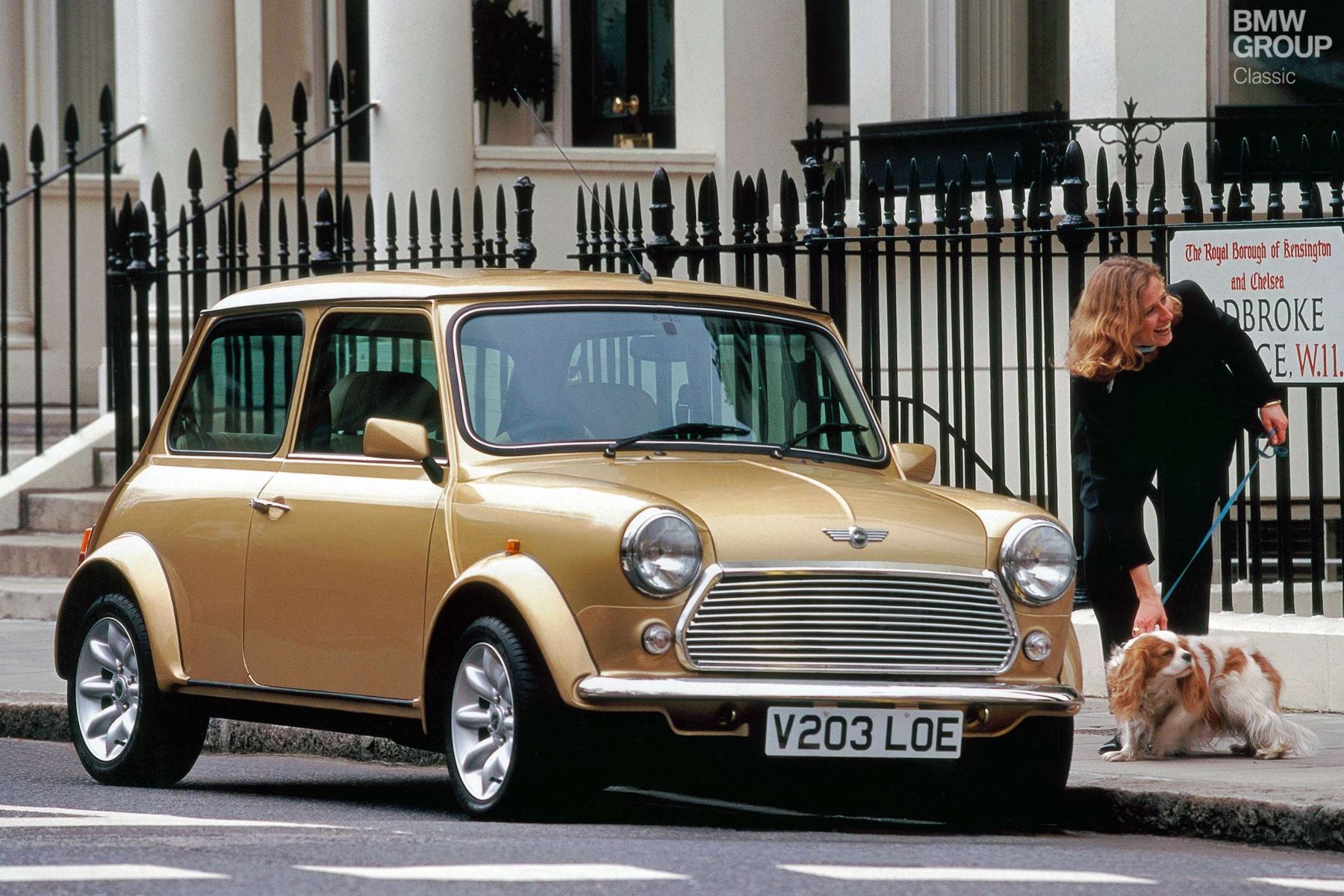25 Facts You Might Not Know About The Classic Mini
It’s more than 60 years since the launch of the iconic Mini – the British people’s car.
With front-wheel drive, a transverse-mounted engine, its wheel-in-each-corner design and genius packaging, it became the blueprint for all small vehicles to follow.
British Motor Heritage (BMH) has been making replacement body parts and complete shells for the classic Mini since 2002, so is doing more than most to keep the model alive for posterity.
In celebration of the car’s recent 60th anniversary, the company has compiled some fascinating facts and figures for Mini fans.
- More than 5.3 million – the number of Minis produced between 1959 and 2000 (though the exact figure is disputed)
- ‘621 AOK’, the first production Mini, still exists and is on display in the British Motor Museum, Gaydon – as are the last of the line, the Cooper Sport 500 ‘X411 JOP’, and ‘33 EJB’, the Mini-Cooper in which Paddy Hopkirk won the 1964 Monte Carlo Rally
- BMC’s decision to build so small and economical a car was inspired by the Suez fuel crisis of 1956
- UK Minis were produced at Cowley, Oxford and Longbridge, Birmingham – Longbridge examples were originally marketed under the name Austin Se7en (the 7 being a nod to the famous Austin of the ‘20s/‘30s), and the former as Morris Mini-Minor
- BMC’s decision to build so small and economical a car was inspired by the Suez fuel crisis of 1956
- No less than 3,016 bolts, screws and nuts were involved in the construction of each Mini
- Initially only Morris versions had Mini in their name – they were called Morris Mini-Minors as they were smaller than the Morris Minor, also styled by Alec Issigonis. But the Mini moniker caught on and by 1969 was a brand in its own right
- The generous door pockets are said to have been sized to accommodate the ingredients of designer Alec Issigonis’ favourite drink of dry martini – ie bottles of Gordon’s gin and vermouth
- 27 – the world record for the number of people crammed into a classic Mini
- The miniskirt was reputedly named after the Mini, Mary Quant’s favourite car – a fact about which she commented, ‘neither is any longer than necessary’
- Though clearly aimed at the lower end of the market, the Mini has often been described as ‘classless’, having found favour with film stars, sports idols and pop icons; not least all four Beatles
- There were more variants made of the classic Mini than any other British model – ie saloons, hot saloons (Cooper), very hot saloons (Cooper S), superheated saloons (ERA Turbo), luxury extended boot saloons (Elf, Hornet), extended nose saloons (1275 GT, Clubman); estates (Traveller, Countryman); convertibles; vans; pick-ups; and jeep-like buggies (Moke)
- 14. The CV joints on the drive shafts were reputedly adapted from a Czech design used in submarine periscopes
- 15. The Mini’s designer, Sir Alexander Arnold Constantine Issigonis was born in 1906 in Smyrna (now known as Izmir in Turkey) of a Greek father and German mother. He was a first cousin of Bernd Pischetsrieder, one-time director of BMW and then Volkswagen.
- Having proved unsuitable for the military, the Mini Moke ultimately achieved global popularity as a recreational and utility vehicle – some 50,000 were made between 1964 and 1968
- Early Minis were sold with the option of wicker baskets specially shaped to fit under the rear seat
- 26.5 seconds – the time required to accelerate an 850cc from rest to 60mph
- £182,000 – the most paid for a Mini at auction, the Radford de Ville Cooper S once owned by Paul McCartney
- Car production was a lot slower in 1959 and each Mini took 30 hours to construct
- Minis sold in Denmark were badged Morris Mascot
- If all the classic Minis made were placed end to end they’d apparently stretch twice around the UK’s coastline
- Minis proved to be motorsport marvels and among their many successes were: five British Saloon Car Championships, two European Touring Car Championships and three British Rally Championships, while a Cooper S won the Monte Carlo Rally in 1964, 1965 and 1967.
- More than half of all UK-produced Minis were exported
- Over the span of production, the Mini was powered by no less than seven sizes of the A Series engine – 848cc, 970cc, 997cc, 998cc, 1071cc, 1098cc and 1275cc
- The last classic Mini made, a Solar Red Cooper Sport 500 built on October 4, 2000, was driven off the Longbridge production line by ‘60s pop star Lulu





